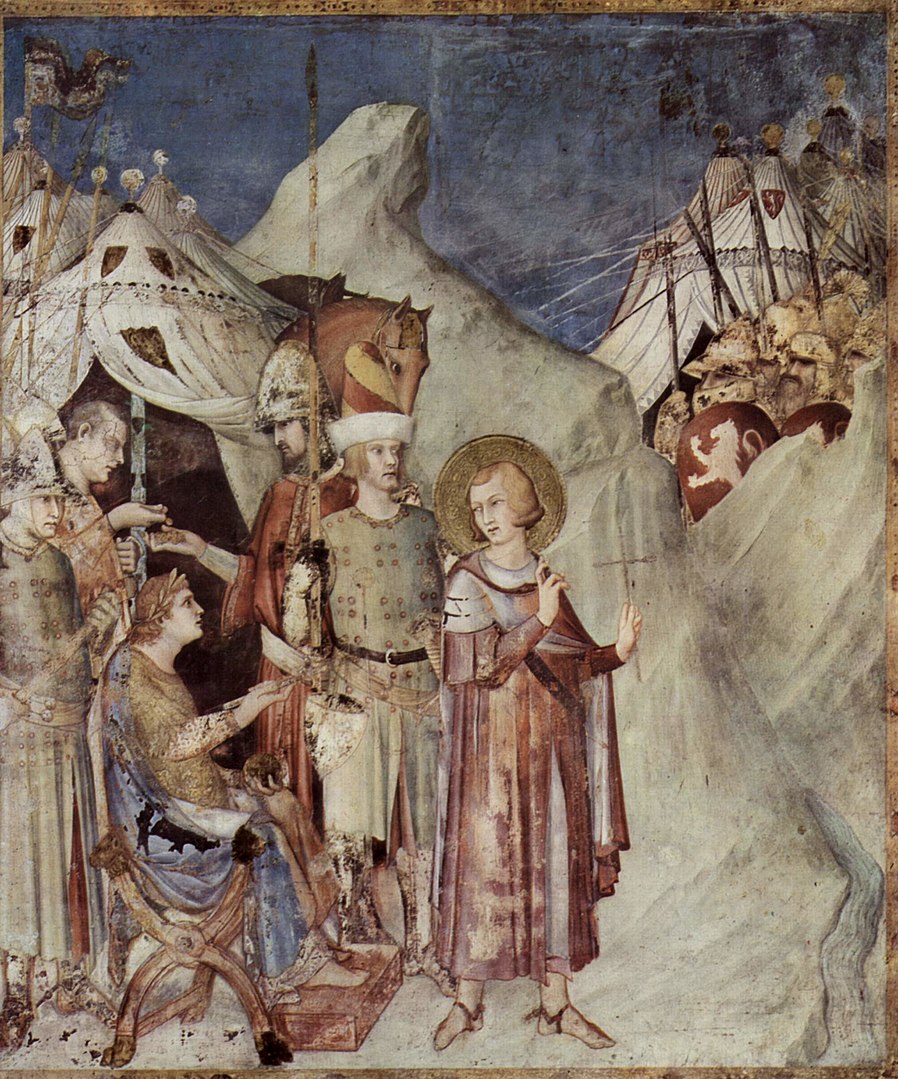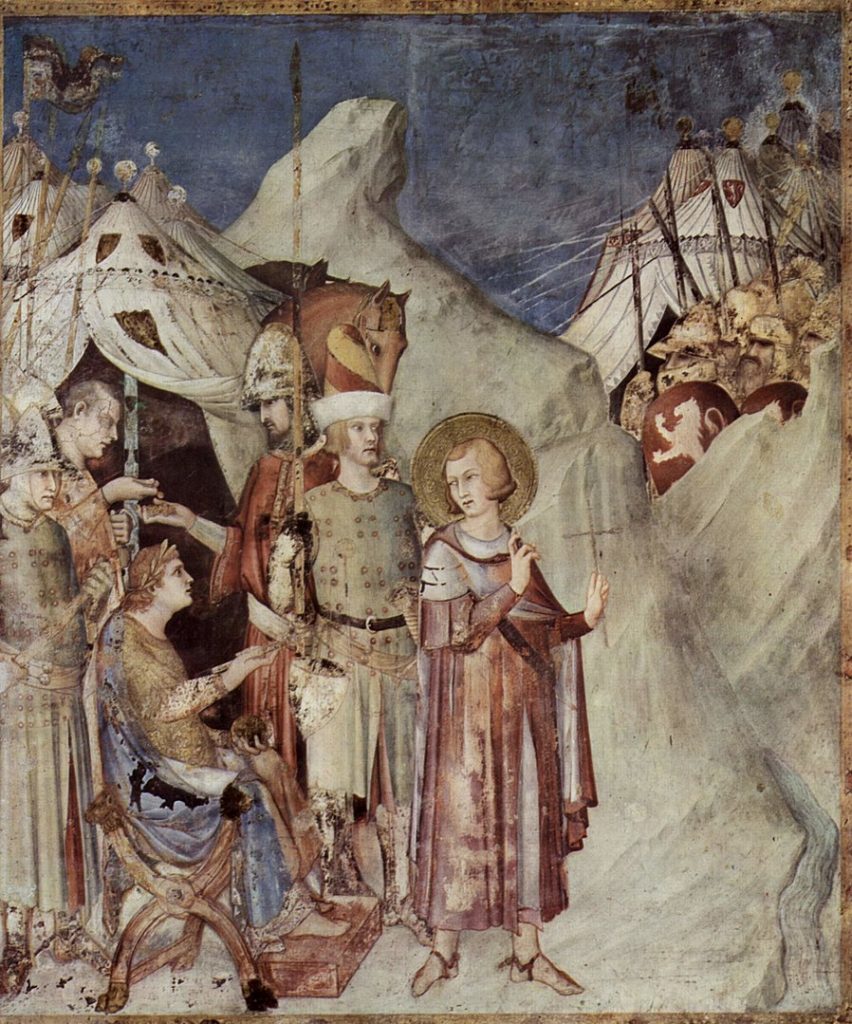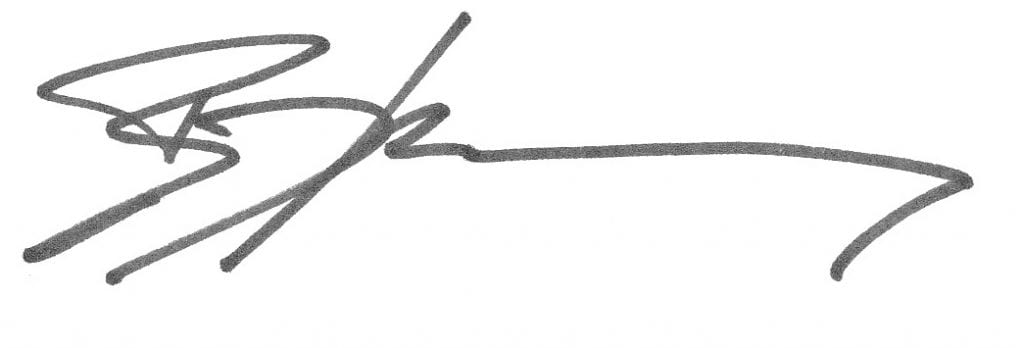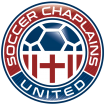Blog
From the Rev: Salvaging St Martin

It has been awhile since I have undertaken the pastoral writing mode of the From the Rev genre. So much of my time is now spent in writing for podcasting and the production of such. But this past week Saint Martin of Tour’s feast day (Thursday, November 11 – also known as Veteran’s Day or Remembrance Day) is slowly starting to become a rhythm of rest for me as a chaplain. I usually take the day or couple of days surrounding 11 November to retreat and reflect on ministry and life. I call these times the Founder’s Retreat — Saint Martin being the “founder” of chaplaincy in the 4th century.
In certain spaces and epochs, chaplains and chaplaincy has been fraught with controversies and questions as to appropriateness, legitimacy, constitutionality, as well as methodology and much, much more. Different contexts, wherein a chaplain may exist, bring unique aspects of the arguments and concerns around validity of the chaplain — so much so that the chaplain often must dwell somewhere amidst the vocational tension of flourishing to non-existence. Hospital, military, sport, or other contexts each come with their own set of challenges.
Even amongst one’s “own,” the chaplain can be seen as second-class clergy. The chaplain has no parish, per se. The chaplain serves an ever changing people – no real flock or people of constancy, usually. The chaplain must straddle the sacred and secular divide much more so than the typical clergy person. There is a beauty in that but also a difficulty, as well. Different context have different requirements. For example, a hospital may require board certification and other post-seminary training regimens; meanwhile, the hospice down the road may require alot less. Different faith traditions latch on to chaplaincy with different endorsement and processes for credentialing and certifying. Some less developed and less formalized branches of religion may have minimal requirements for a chaplain to pass muster. Perhaps the muddling of the waters or approaches and attitudes of “anyone can be a chaplain” doom all chaplains to be considered less than the ordained clergy of the high church denominations.
Despite all the challenges the chaplain faces — from the secularized institutions where they serve to the dogmatized denominations from which they tend to emerge — the chaplain must not lose hope. The chaplain must find some way to salvage the heart and spirit of Saint Martin. Who, in the course of everyday life and duty, found some way to serve, found a way to cover and clothe a person in need; someone vulnerable, someone marginalized, someone unseen and forgotten by the surrounding world.
If I am honest, the past two years of my ministry of some 20+ years of ministry have been among the most difficult. I wonder how Martin dealt with the forced conscription into military service. Perhaps it felt like a mask or vaccination mandate back in those times. Martin was born during a time in which the Roman Empire was undergoing, yet again, more change. Constantine the Great was coming into power and he had begun reforming the empire before Martin’s birth. Christians were not brutally oppressed and persecuted as they once had been. Still, though, some things still remained — and because Martin’s father had served as a tribune (a senior officer) Martin was also forced to serve — no religious exemption existed.
There is debate around the period of time that Martin served as a soldier. Some accounts mark his service at 5 years, some longer. But a pivotal moment comes when Martin, after having been baptized, can no longer continue his military commission. It is said that with Julian coming to power, Martin, on the eve of a battle in Germany, refused his military pay and refused to submit to the authority of Julian (a non-Christian emperor) saying, “I am the soldier of Christ; it is not lawful for me to fight.” Charged with cowardice, Martin was put in prison. In response to the accusation, Martin offered to go to the front unarmed — however, the battle never happened as a treaty of peace occurred and Martin was discharged.
I would be curious how the end of Martin’s military service felt. Shame? His family had long been servants of Rome and privilege to the benefits afforded. Much to the chagrin of his father and mother, his military companions of whom he had fought alongside of — I imagine that it was not easy for Martin to leave such a life to exchange it for one of serving God and serving other people.

Certainly, Martin’s life and story are likely romanticized. I only know Martin in a historical vacuum. Dependent upon loyal historians with an unascertainable bias — where is the line between fact and fiction? But we can see and note the changes that Martin went through — a potential rejection from his family because of his Christian faith and beliefs, a forced military service, a military retirement/discharge, a transition from career military to career clergy. Unlikely that such changes were any easier back then than they would be today.
And still, Martin serves. Still Martin takes the cloak off his own back — not just once, but time and time again. It is in this spirit that the chaplain must continue. The chaplain may face opposition from both sides — secular and sacred, and still we must salvage something of that heart of service that Martin offers as an example to us, an example which is borne out of the love of God. An example which perseveres in the midst of mandates and forced conscriptions. An example which carries forth in spite of questions of constitutionality and clerical authority which swirl around. An example which endures through tests of time and travail.
And God willing, we will do so,

Rev Brad

-150x150-8115.png)


Brad – thanks for your excellent summary of St Martin’s ministry and what it means to be a chaplain. A fun fact about Martin is his relationship with St Patrick. He was Patrick’s uncle, his mother’s brother. Blessings to you ! Julie
Thank you, Julie! I don’t think I had traced that part of the story. I do, however, know of Ninian (of the British isles) coming to learn from Martin and was an influence on Patrick. I will have to learn more!